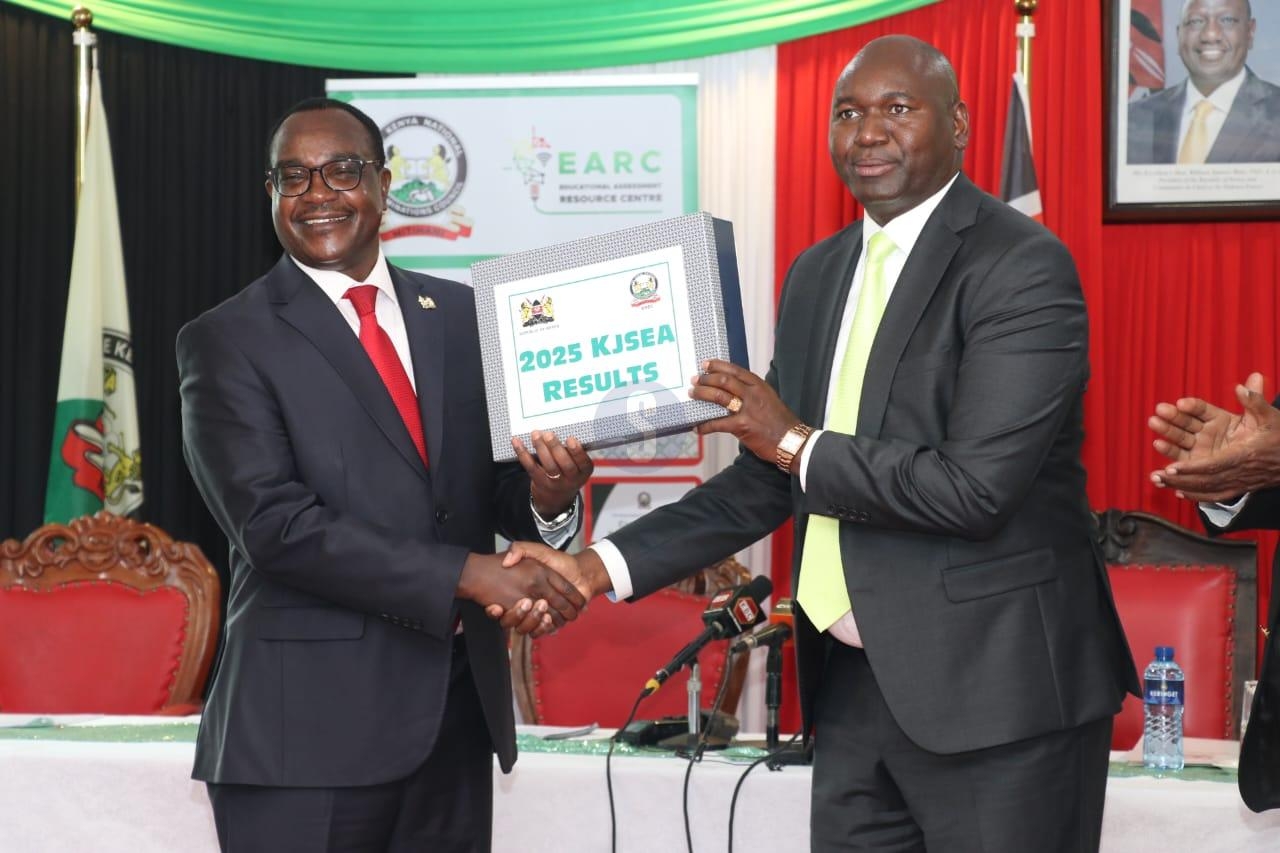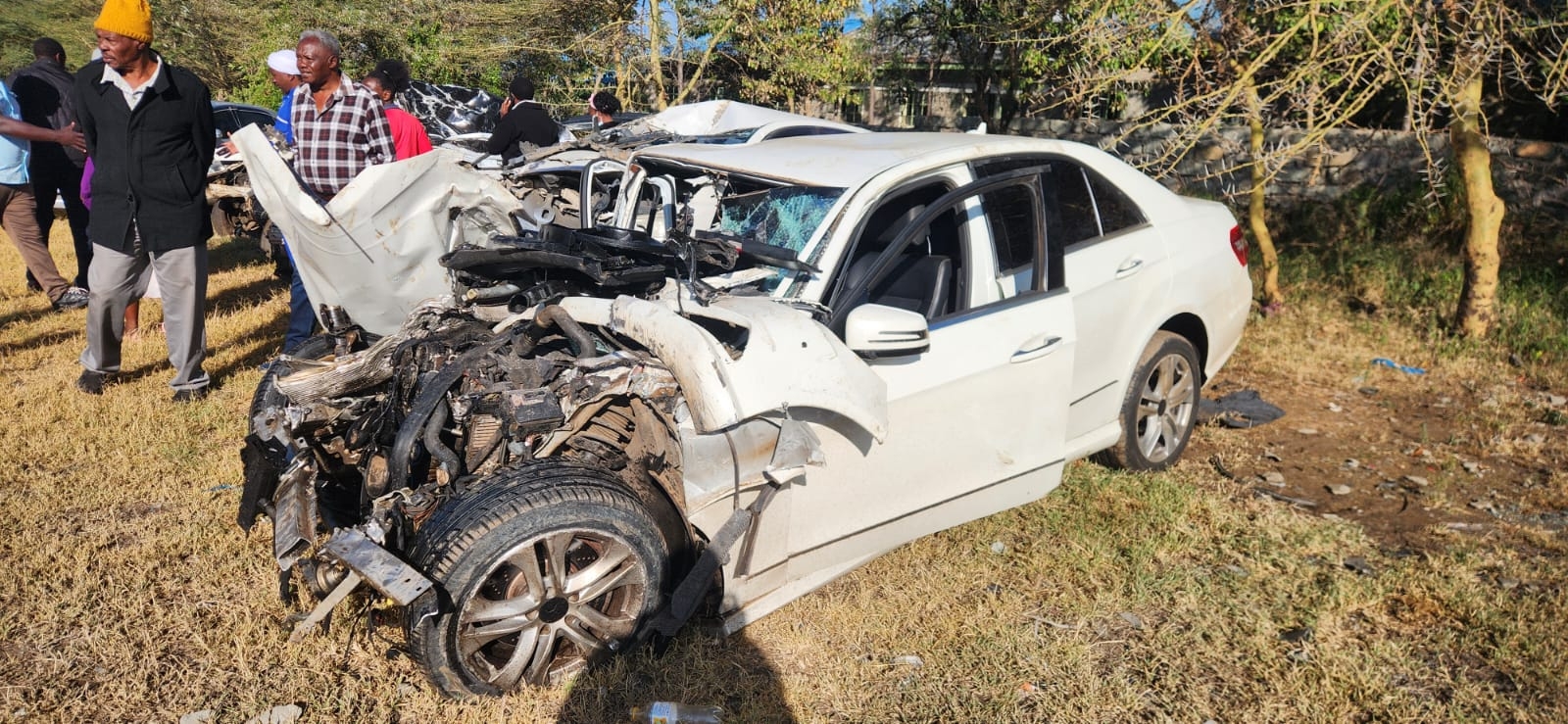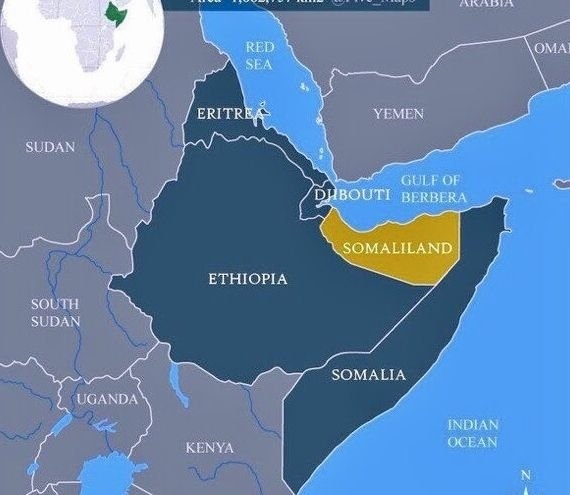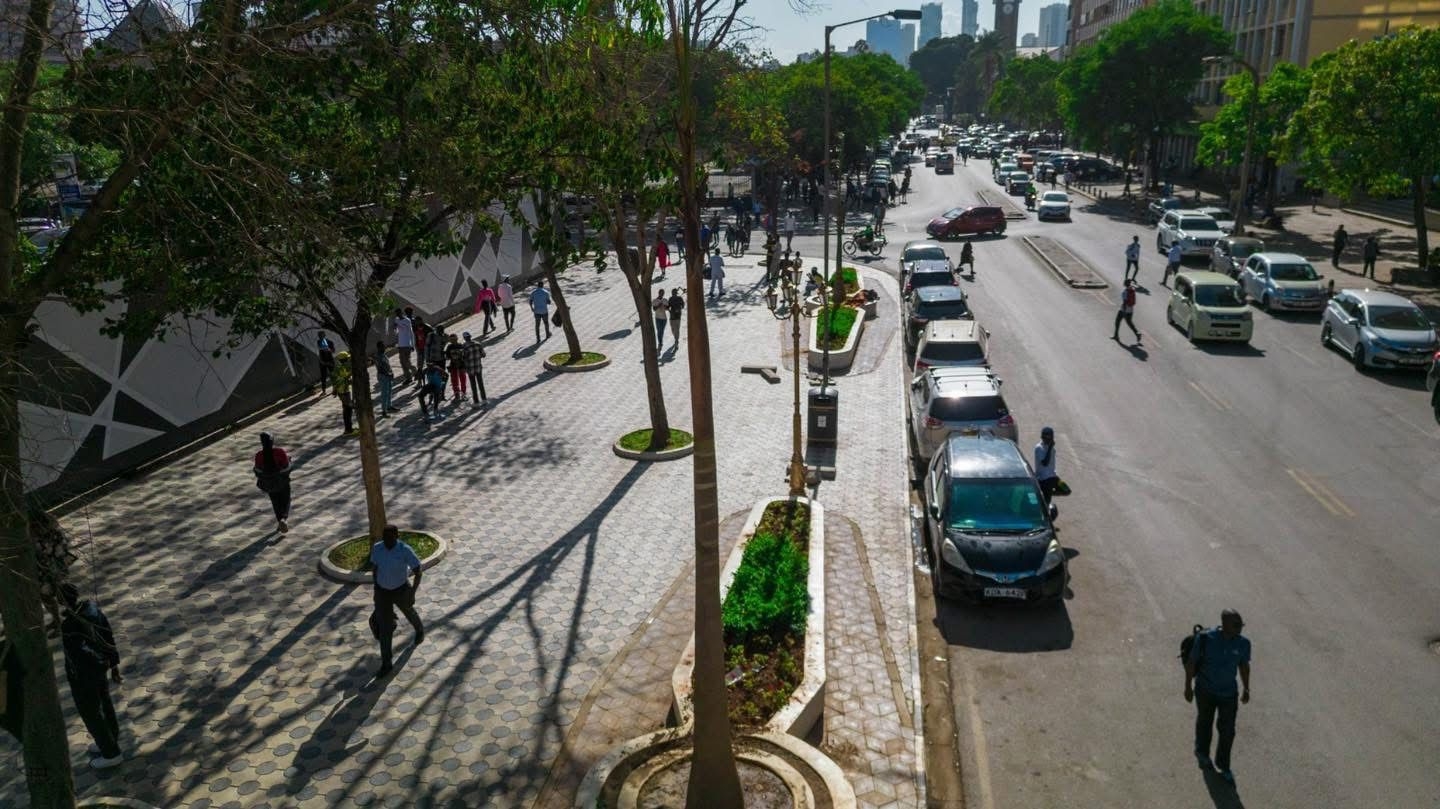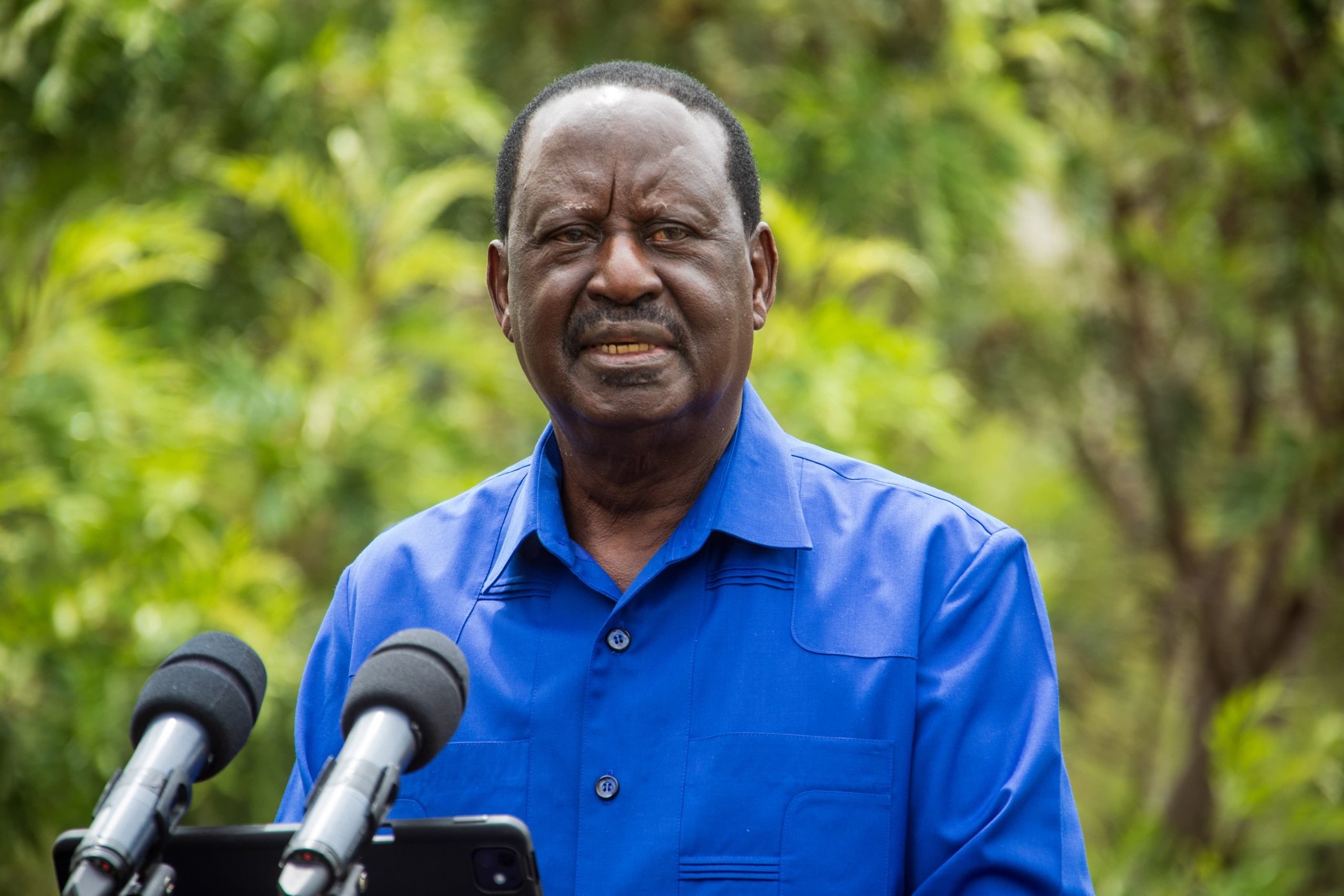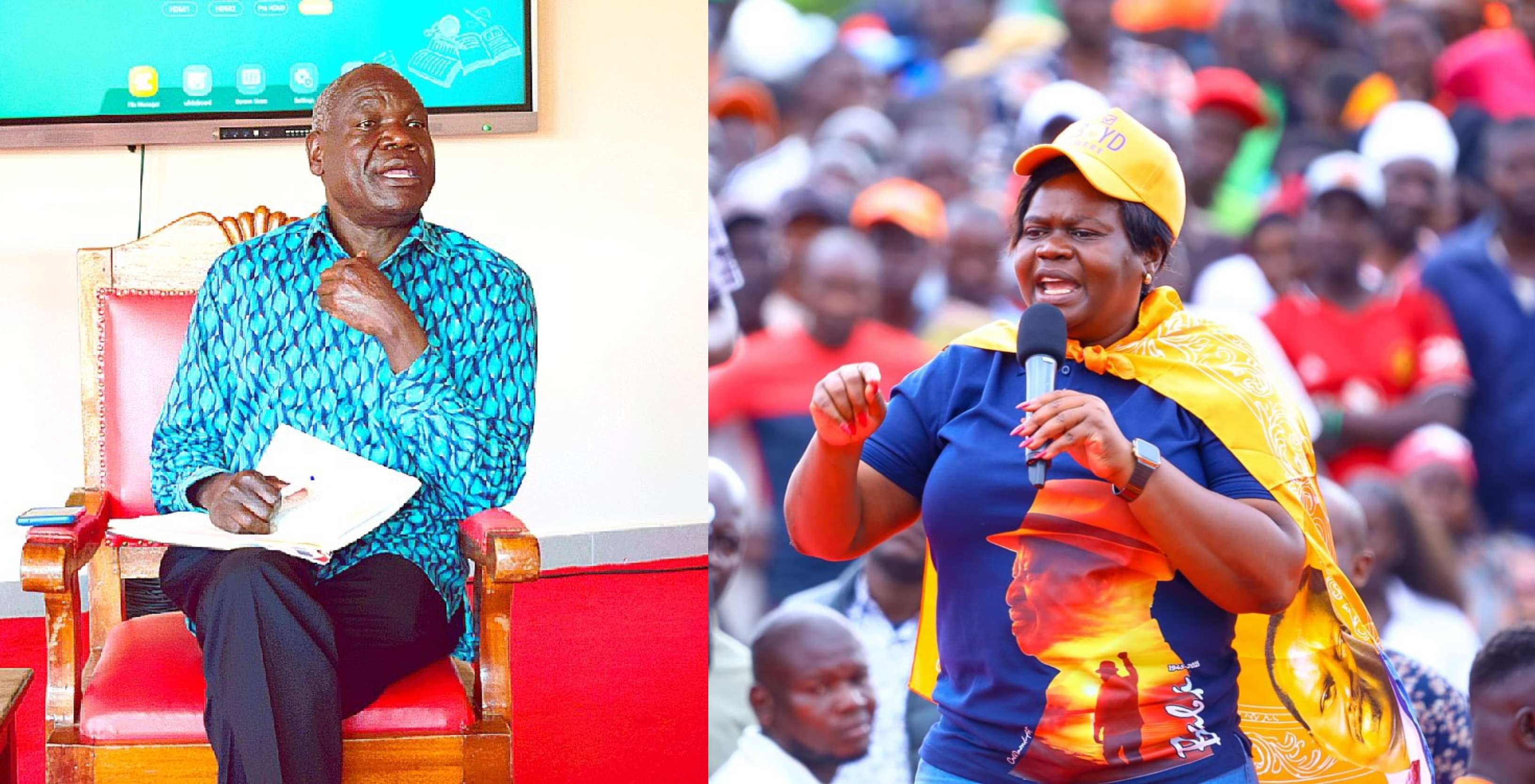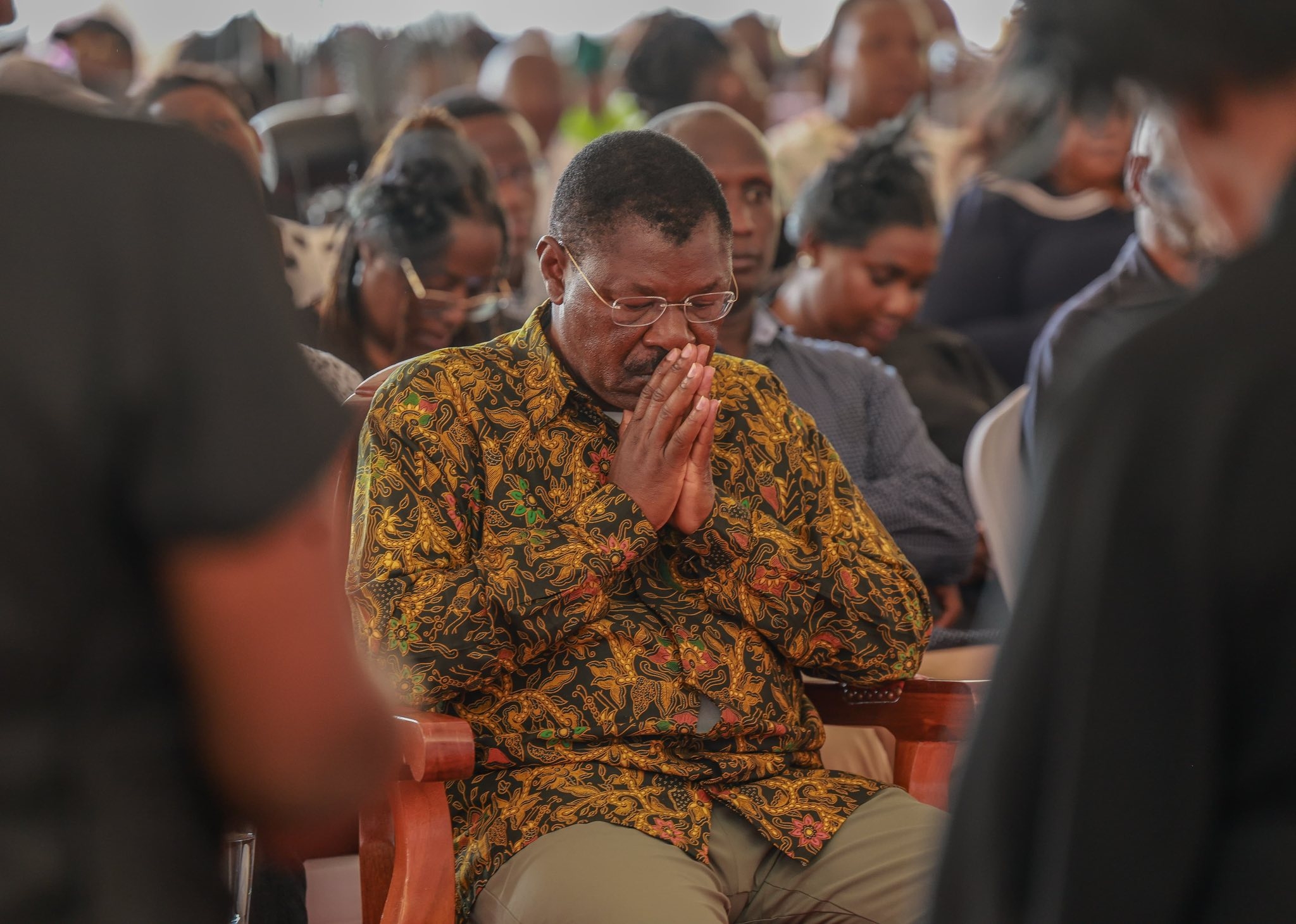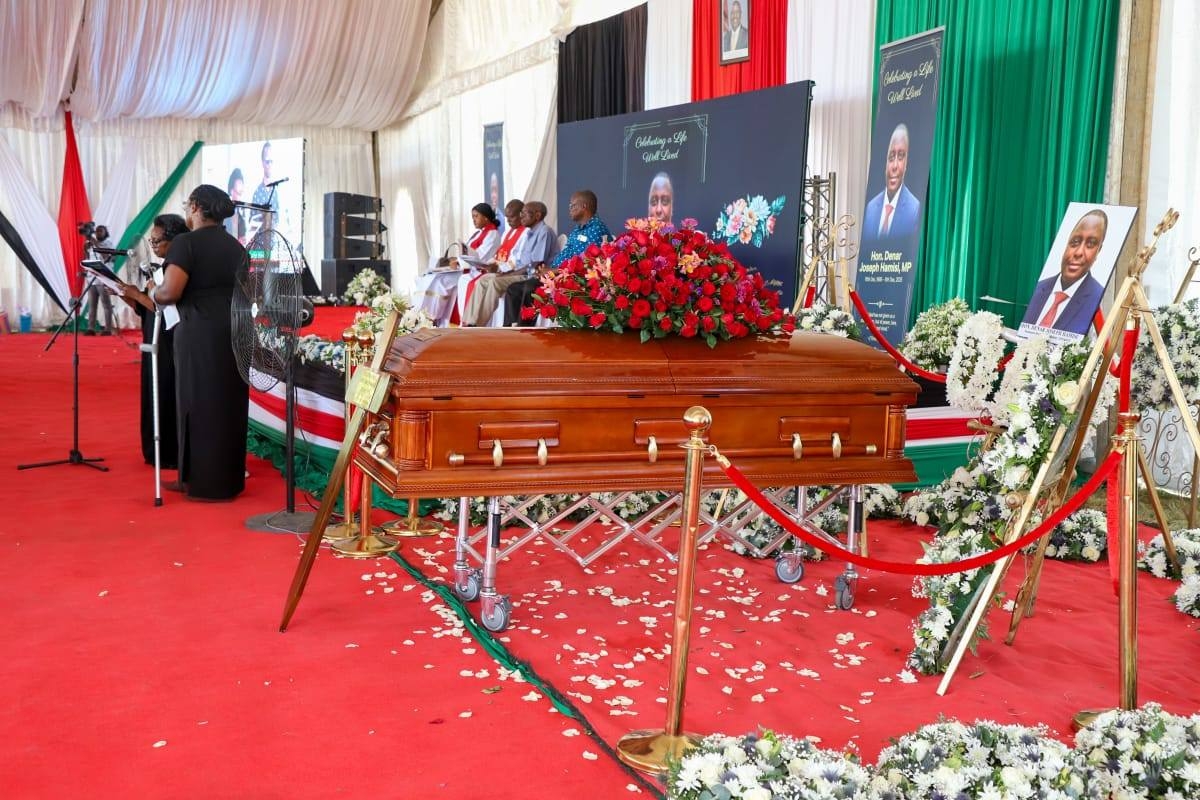The amount of water lost through leaks, theft and meter inaccuracies is enough to serve the city for four months, a report has shown.
The 2017-18 impact report released on Wednesday by the Water Services Regulatory Board (Wasreb) says the losses, which fall under nonrevenue water, could be massive.
Despite efforts to fix the problems, the level of nonrevenue water has remained relatively stagnant between 41 per cent and 47 per cent for the past 10 years.
In Nairobi, the daily demand is 750 million litres, but only 580 million litres get to consumers. It has a daily deficit of 170 million litres. Illegal connections mostly take place outside the city. The water is supplied from Ndakaini Dam in Murang’a county.
“At the current rate average of nonrevenue water of 41 per cent and the sector turnover of Sh20 billion, against a sector benchmark of 20 per cent, ... the sector is losing about Sh7 billion,” the 11th impact report says.
chronic scarcity
Wasreb analysed the performance of 88 water service providers with a population of 22.85 million.
The board is charged with regulating water services in the country. It monitors key indicators such as coverage, sanitation, wastage, quality, supply time, metering and revenue collection efficiency.
If not fixed, water scarcity will worsen as Kenya could have a 30 per cent gap between freshwater supply and demand by 2030. The UN classifies Kenya as a chronically water-scarce country on the basis that it has one of the lowest natural water replenishment rates at 647,000 litres per annum. This is far below the one million litres per annum.
In the recent past, the nonrevenue losses have caught the attention of the Auditor General. In his 2016-17 report, Edward Ouko warns that high levels of nonrevenue water pose a big threat to the financial sustainability of the sector.
production puzzle
Ouko, however, gave three water agencies a clean bill of health. These are Nyahururu, Nyeri and Kahuti. His report focused on the management of public funds and nonrevenue water, among other key areas.
Kahuti Water and Sanitation Company was lauded for its significant reduction of losses — 66 per cent from 92 per cent in 2016.
In the impact report, Wasreb recommended increased production by 2.5 times the current level to meet demand. It cautioned that failure to invest and creating new assets without solving the issues that lead to the losses could undermine access by future generations.
Wasreb wants nonrevenue water reduced by 25 per cent to narrow the supply-demand gap. It says this can help — even without the need to build additional infrastructure or exploit new water sources. This will also result in savings that can be used to expand coverage and improve services, it says.
The report shows that access to services in areas under regulation stands at 57 per cent. The country targets universal access by 2030. The baselined year had a coverage of 55 percent, indicating an increase of two per cent.
strategic measures
Kenya’s development blueprint, Vision 2030, sets a national target to ensure availability and access to improved water and sanitation for all.
The National Water Master Plan estimates that to attain these national targets, an annual investment of Sh100 billion is required.
Proposed strategic actions include improving the sector’s self-financing and resilience, enhancing fund mobilisation and securing high fund effectiveness.
The report painted another grim picture of sanitation. Sewerage coverage has stagnated at 16 per cent. The government seeks to improve access to sewerage in urban areas to 40 per cent by 2022 and 80 per cent by 2030.
Another national priority with respect to sanitation is to eradicate open defecation by 2030.
An article by Science Africa Limited, a media house that specialises in science and health journalism and communication, says Nairobi has yet to acquire open defecation free status. Six per cent of residents practise OD. This is, however, below the national rate of 14 per cent.
It was good news that the quality of drinking water increased from 94 per cent to 95 per cent over the period covered. This was, however, undermined by the fact that the hours of supply dropped from 14 to 13 per day.
Nyeri tied with Ruiru-Juja utility, with a score of 163, followed by Murang’a at 154. Homa Bay, Kapenguria and Samburu were ranked as bottom utilities with 15, 12 and 5 respectively.
(Edited by F'Orieny)


